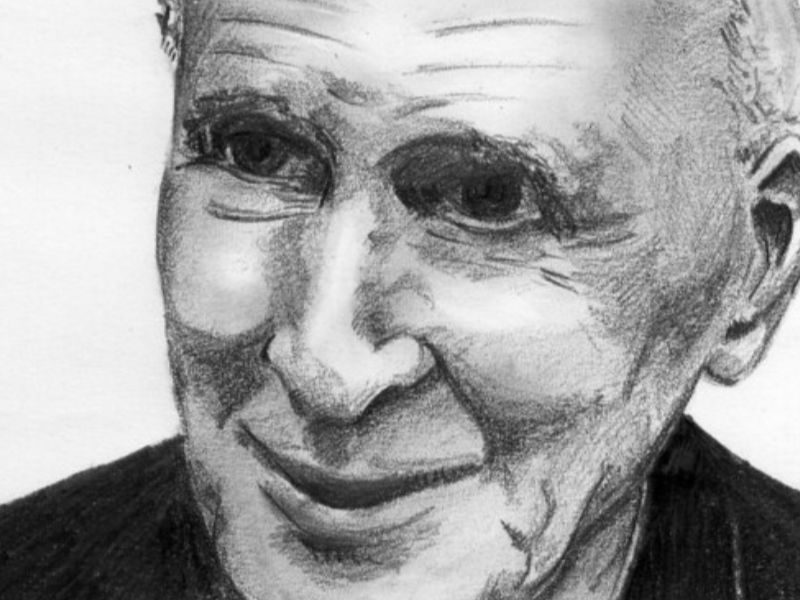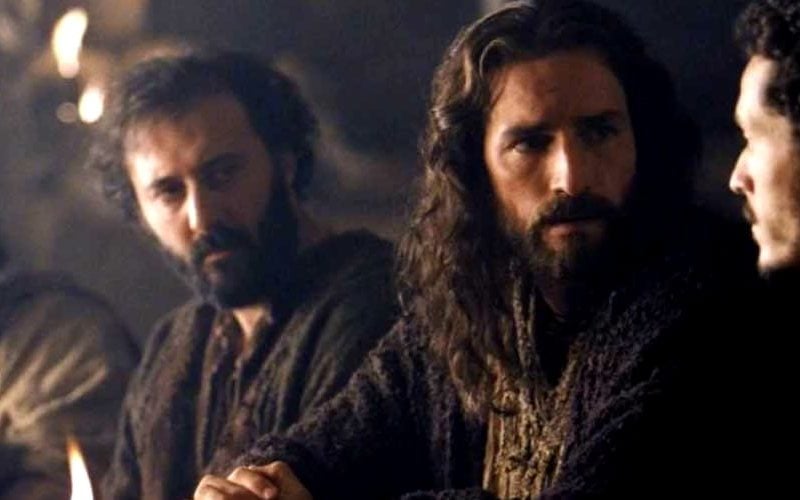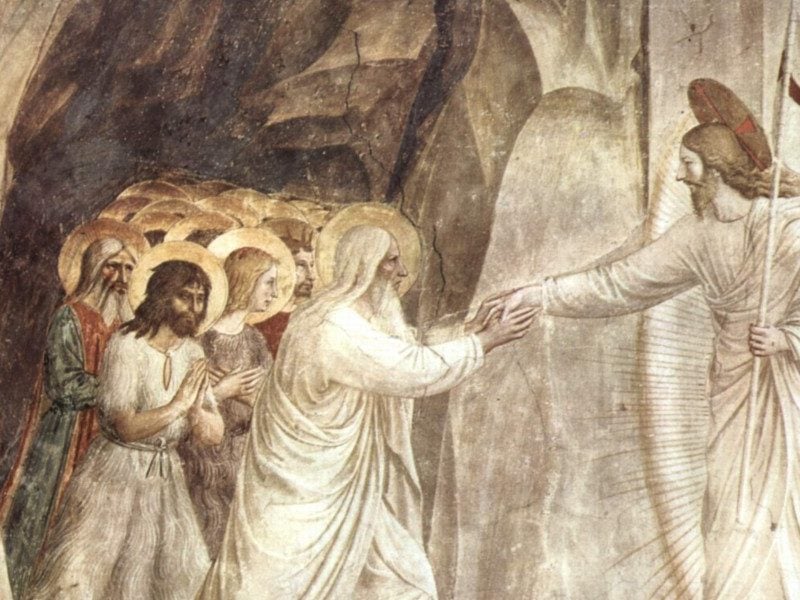Gnosticism, New Age & DaVinci Code
The publication of The Da Vinci Code in 2003 and the New Age movement both rekindled interest in an ancient religious movement known as Gnosticism. A second century bishop named Irenaeus wrote a massive rebuttal of the claims of the gnostics which we do well...












